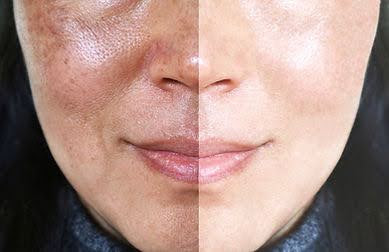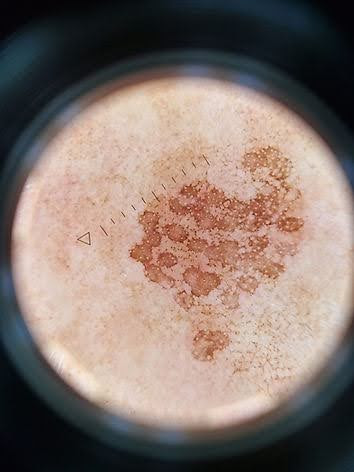

In the ever-evolving world of skincare and dermatology, the pursuit of clearer, more youthful skin has driven major advances in technology. For those struggling with stubborn pigmentation, unwanted tattoos, or the visible signs of aging, laser treatments have opened new doors — and the PicoWay laser stands at the forefront of this transformation.
The PicoWay laser is an advanced treatment that delivers ultra-short picosecond pulses (one trillionth of a second). Unlike traditional lasers that use nanosecond pulses and rely heavily on photothermal effects, PicoWay uses a photoacoustic effect to shatter pigment with minimal thermal injury and inflammation.
This means:

For those looking to erase unwanted tattoos, PicoWay offers a powerful solution. Its ultra-fast pulses break down ink particles more efficiently than traditional lasers, leading to quicker and more complete removal.
PicoWay is highly effective in treating pigmentation problems such as age spots, freckles, and melasma. Its precise targeting of pigmented areas ensures that the surrounding skin remains unaffected, reducing the risk of scarring and post-inflammatory hyperpigmentation.
This image illustrates beautifully the pigment breakdown of a sun spot, one day after a single treatment with the PicoWay laser


Beyond pigmentation, PicoWay is also excellent for skin rejuvenation. It stimulates collagen production, helping to improve skin texture, reduce fine lines and wrinkles, and enhance overall skin tone. Patients often notice smoother, more youthful-looking skin after just a few sessions.
One of the standout features of PicoWay is its ability to deliver powerful results with minimal downtime. The laser’s short pulse duration reduces the amount of heat generated, which means less pain and faster healing. Most patients can return to their regular activities immediately after treatment.
When choosing a laser treatment, it’s important to understand the differences between popular technologies. Here’s a breakdown of PicoWay compared to PicoSure, Fraxel, and Q-switched lasers.
Sessions last 15–30 minutes, depending on the area. A numbing cream may be applied beforehand. The laser feels like a rubber band snap and is generally well-tolerated.
Redness or swelling is mild and typically subsides within hours. Patients can resume normal activities almost immediately. Post-care includes avoiding sun exposure and applying dermatologist-recommended creams.
Pigmentation may respond in 1–3 sessions, while tattoos or melasma may require more (4–8+). Treatments are spaced 4–6 weeks apart.
The number of sessions depends on the type of pigmentation. Superficial pigmentation, such as in sun spots (solar lentigines) and freckles (ephelides), may respond in just 1–2 treatments, whereas deeper-seated pigmentation, including melasma or tattoos, may require more sessions (4–8+). Treatments are typically spaced 4–8 weeks apart.
PicoWay is ideal for:
Contraindications include active infections, pregnancy, or light sensitivity disorders. Consultation with a qualified dermatologist is essential.
As a Consultant Dermatologist based in Harley Street, Dr. Kravvas integrates PicoWay into bespoke treatment plans for:
His evidence-based, minimally invasive approach ensures patients receive targeted care tailored to their skin tone, goals, and lifestyle.
Whether you’re targeting pigmentation, clearing an old tattoo, or refreshing tired skin — PicoWay combines advanced laser technology with dermatologist-led safety. It’s redefining what’s possible in modern skin care.
Ready to explore what PicoWay can do for you? Schedule a private consultation with Dr. Kravvas in London and discover the next generation of laser precision.